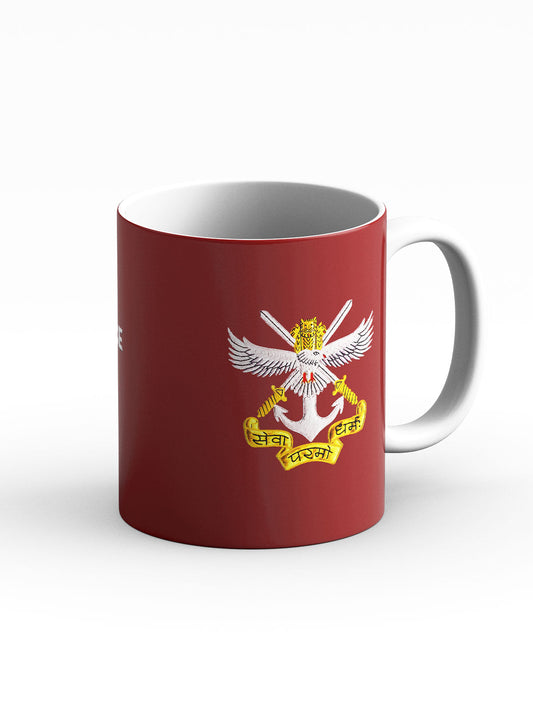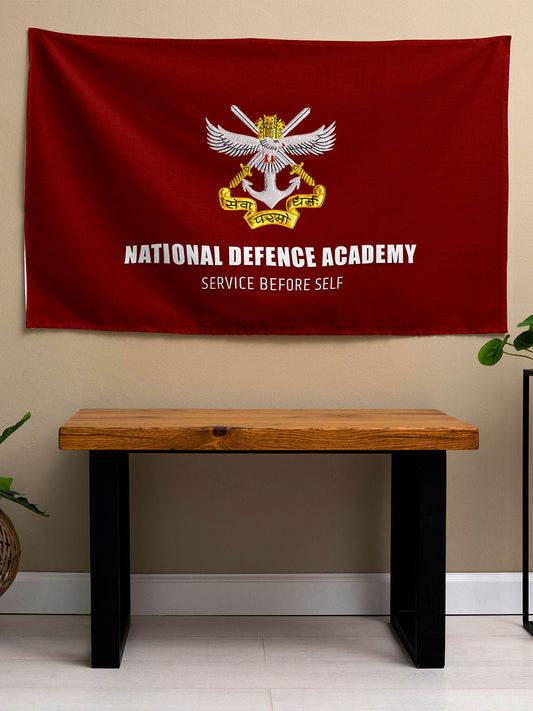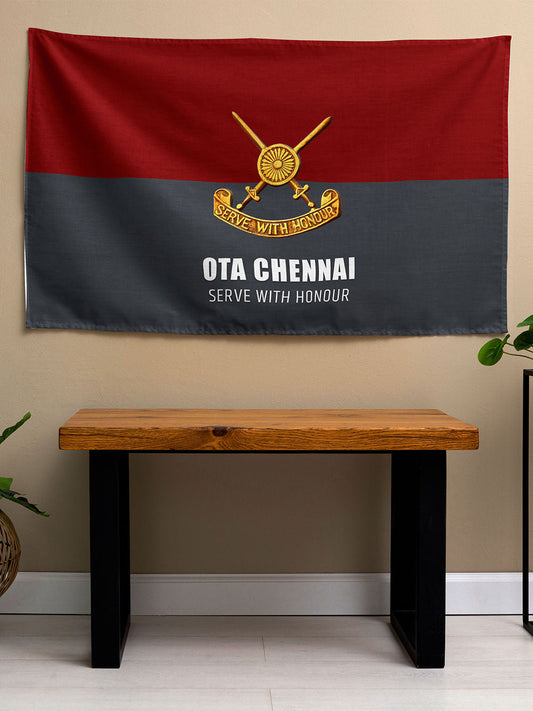Indian Navy to Induct AI-Enabled Stealth Drone 'Abhimanyu' by 2026 for Enhanced Carrier Strike Capabilities

The Indian Navy is poised to make significant advancements in naval warfare with the planned induction of the 'Abhimanyu' drone by 2026. Developed by Bengaluru's NewSpace Research and Technologies (NRT), this advanced unmanned system, powered by artificial intelligence, will operate alongside carrier-based fighters such as the MiG-29K and the forthcoming Rafale-M.
The Abhimanyu drone is central to the Naval Collaborative Combat Air Vehicle (N-CCAV) program, positioning India among a select group of countries that are developing carrier-compatible loyal wingman drones.
This drone, equipped with AI-driven autonomy, stealth design, and air-to-air combat capabilities, aims to boost the Navy's strike power, reconnaissance, and survivability in hostile environments. Its design, featuring a low radar cross-section, swept wings, and a carefully contoured fuselage, enhances its ability to evade enemy radar detection.
Though Abhimanyu is not a fully stealth platform, it effectively balances cost-efficiency and combat durability, emphasizing rapid production and modular upgrades.
Expanding Naval Capabilities
Through the N-CCAV program, the Indian Navy intends to deploy a fleet of Abhimanyu drones with multiple variants designed for electronic warfare, surveillance, strike, and swarm operations. This deployment will extend the reach and situational awareness of carrier strike groups, reduce risks for human pilots, and facilitate manned-unmanned teaming operations.
Development and Funding
The Abhimanyu initiative is partially funded by the Ministry of Defence's Innovations for Defence Excellence (iDEX) and receives additional support from NRT's internal investments. With the first flight anticipated in 2026, the program is on a rapid path toward operational readiness, and the Navy has committed to a minimum purchase order once the system matures.
While smaller than the HAL Warrior, which is under development as part of the IAF's Combat Air Teaming System (CATS), Abhimanyu is designed with scalability and affordability in mind, making it suitable for carrier operations.
Strategic Significance
Upon becoming operational, Abhimanyu is expected to significantly enhance India's naval aviation capabilities by reinforcing surveillance and precision strike abilities in the Indo-Pacific region. This development marks a critical step in the Navy's transition to networked, unmanned, and multi-domain warfare.
Despite facing challenges such as integrating autonomous carrier landings and securing sustained funding, the Abhimanyu project highlights India's growing confidence in its indigenous defence innovations and its aspirations for future-ready maritime superiority.



















